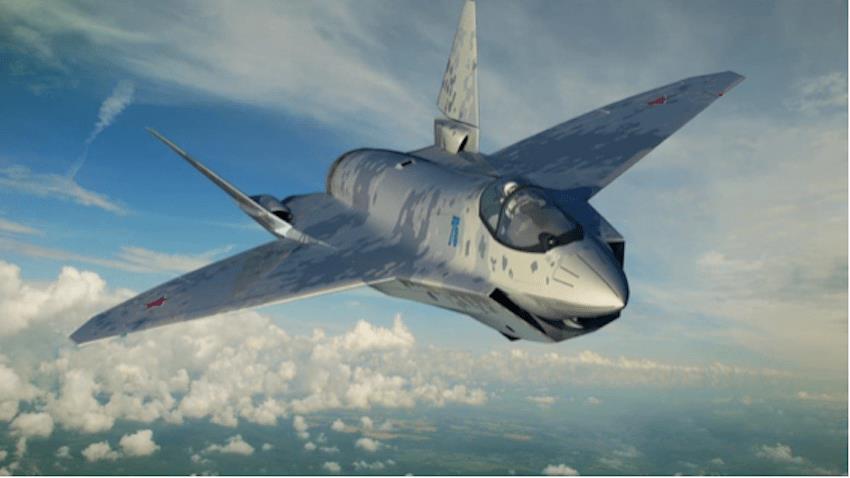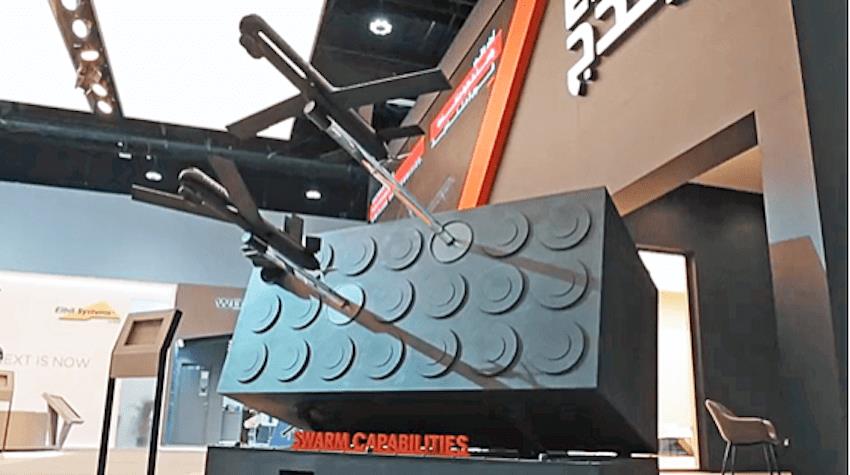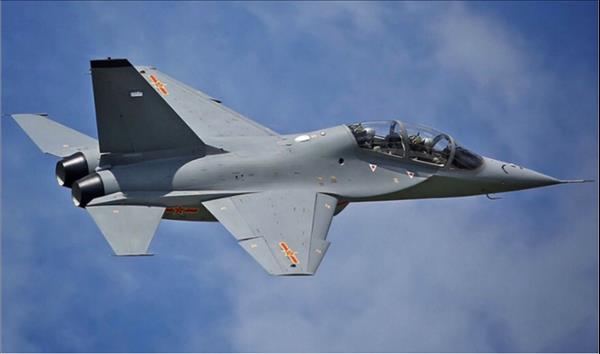
UAE buys Chinese fighter jets, unveils first swarming drones
The UAE announced this month plans to buy a dozen L15 light trainer-attack aircraft from China and unveiled its first swarming drones with AI technology, the Gulf state's latest effort to diversify its arms providers and bolster its defense industries.
The UAE defense ministry announced it would sign a contract with the China National Aero-Technology Import & Export Corporation (CATIC) to buy 12 L15 light trainer-attack aircraft, with the option for 36 more units.
According to Tareq Al-Hosani, the CEO of the Tawazun Economic Council, the UAE's defense procurement authority, the jets“aim to develop the UAE's defense capabilities and to achieve its strategic priorities.”
Wang Yanan, a Chinese defense expert with the Chinese state-affiliated newspaper Global Times, stated that the L15 is marketed as an alternative to aircraft of the same class produced by the US, UK and Italy.
He added that its jet is now on par with competing models from those countries at a lower price. He also claimed the L15 was suited for Middle East's operational environment, as it could perform both training and combat missions.
Apart from the jet purchase, this month the UAE also revealed its Halcon Hunter 2-S swarming drone . Halcon Chief Executive Saeed Al-Mansoori said each Hunter launcher can carry up to 21 drones, with the drone control application capable of controlling 36 units.
Halcon also aims to upgrade the system to be capable of launching up to 70 drones from one truck equipped with three launchers. The expendable drones are also easily replaceable, as they are manufactured using 3D-printing techniques.
The drones are said to be able to communicate with each other through a main channel that communicates with all drones in the swarm, facilitating information sharing between individual drones for tracking, maintaining positions and engaging the right targets.
The drone's targets may include enemy aircraft on the ground or vehicle convoys.
Last year, the UAE signed a deal with France for 80 Rafale jets in the biggest order made since the type entered service in 2004. This deal makes the UAE the second Gulf operator of the French-made jets after Qatar, which has bought 36 units.

A rendering of the Su-75 Checkmate fighter. Photo: Rostec Talks over Russia's Su-75
In addition, the UAE has started talks on co-producing the Su-75 stealth fighter with Russia. If the talks push through, this move would be economically beneficial for the UAE as it attempts to diversify its oil-dependent economy.
The deal also aims to revitalize Russia's struggling defense industry, which has been hobbled by sanctions, corruption, aging talent, relatively obsolete products and constraints imposed by operating in an administrative rather than commercial market.
The UAE's moves come during an impasse over a US$23 billion F-35 fighter jet and Reaper drone deal with the United States, as the UAE rejected US end-user terms to safeguard these sensitive assets from Chinese espionage.
Among US conditions was for the UAE to drop Huawei from its networks before it could receive the sophisticated jets in 2026 or 2027. Emirati officials insisted they needed a longer timetable should they decide to remove Huawei, plus an alternative that is just as affordable.
Despite that, the US remains the UAE's preferred supplier of military equipment, as the UAE operates a large fleet of F-16 fighters, the backbone of its air force.
The UAE's aircraft deals with China, France and Russia point to a determined effort to diversify its arms providers, in view of an uncertain relationship with the US.
The US' Pivot to Asia shifted its strategic attention from the Middle East to the Asia-Pacific, which meant lesser military resources and assets to address Iran and the threat of terrorism in the region.
The Trump administration's demeaning rhetoric towards regional power Saudi Arabia, and the disastrous US withdrawal from Afghanistan, may have also influenced the UAE's decision to reduce its dependence on the US.

The UAE's Hunter S-2 drones. Photo: Facebook / The Drive
These may have exposed US profiteering motives from its regional partners and allies and cast doubt over US military commitment.
In addition, the UAE's Hunter S-2 drone program may be part of larger efforts to position itself as a leading autonomous weapons exporter. As the UAE is a small but rich country, it can employ autonomous systems as a force multiplier, which is a significant shift from deploying big-ticket items such as the F-35.
The Hunter S-2 drone may be the UAE's first foray into the export market for autonomous weapons systems, competing with established players such as Israel and Turkey.

Legal Disclaimer:
MENAFN provides the
information “as is” without warranty of any kind. We do not accept
any responsibility or liability for the accuracy, content, images,
videos, licenses, completeness, legality, or reliability of the information
contained in this article. If you have any complaints or copyright
issues related to this article, kindly contact the provider above.


















Comments
No comment